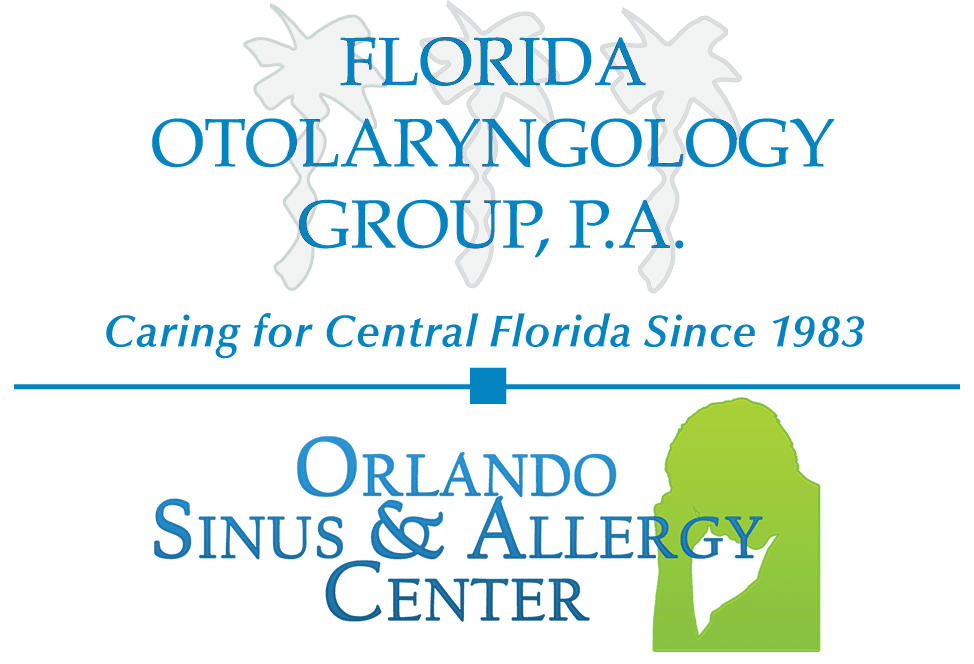Your nasal turbinates are small, cone-shaped bones in the nose that play an important role in regulating airflow. They help to warm and moisten the air we breathe and filter out debris and bacteria. When these structures become enlarged or inflamed, it can cause several symptoms such as chronic nasal congestion, difficulty breathing through the nose, recurrent sinus infections, migraines, sleep apnea, and more. If you experience any of these symptoms, and medications or allergy treatments do not relieve them, an Ear, Nose, Throat (ENT) specialist will recommend a nasal turbinate reduction procedure.
What Is Nasal Turbinate Reduction Surgery?
The nasal turbinate reduction surgery is designed to specifically reduce the size of your turbinates while preserving their linings. This ensures that your nose does not become completely dry but does allow you to breathe better and reduce or even eliminate your symptoms. The surgery is performed under local or general anesthesia, as an outpatient procedure, and the majority of patients go home the same day. It is quite common to perform a nasal turbinate reduction procedure in conjunction with a septoplasty.
Nasal Turbinate Reduction Techniques: 3 Types
There are several types of nasal turbinate reduction surgery, each with their own technique.
- Turbinectomy or turbinate resection: with this type of technique, either all or part of the inferior (lower) turbinate is removed. A lighted camera, called an endoscope, is placed into the nose, and a tiny, high-speed device called a microdebrider, is used to shave away the extra tissue and suction it out. This technique is done under general anesthesia, but can also be done under local anesthesia in the office.
- Turbinoplasty: sometimes called the outfracture technique, a tool is placed into the nose in order to change the positioning of the turbinates. Depending on the severity of your nasal obstruction, some turbinate tissue may be shaved off. This technique is also done under general or local anesthesia.
- Radiofrequency Ablation: with this technique, a thin probe – usually an endoscope – is inserted into your nose and radiofrequency energy is used to shrink down the turbinates. Out of all the techniques, this one is the most minimally invasive, and can be performed in a health care provider’s office using local anesthesia. If the turbinate grows back, this procedure can be repeated later.
What Causes Your Turbinates to Swell?
The swelling of nasal turbinates can develop for several reasons, with the most common being recurrent acute sinus infections and environmental factors. Allergies, chemical or physical irritants, and even temperature changes can cause the mucus membranes covering the turbinates to swell. As a result, your nose becomes blocked with congestion.
If this congestion does not clear up, and you are consistently exposed to persistent inflammation, environmental irritants, allergic reactions, you may develop chronic swelling in the inferior turbinates, leading to turbinate hypertrophy. This condition is associated with untreated deviated septa and chronic sinus infections.
What to Expect Before Your Nasal Turbinate Reduction Surgery?
Before your nasal turbinate reduction surgery, you will be given explicit instructions on what medications you need to stop taking. This often includes Aspirin, Ibuprofen (Advil, Motrin), Warfarin (Coumadin), and other medications that would otherwise thin out your blood and make it harder for it to clot. You will also be asked to not eat or drink anything after a certain time, and any medications that you do have to take must be taken only with water.
You may also be asked about your medical/health history, as this helps determine if you require other tests before undergoing the surgery. You will also be asked to remove items like glasses, hearing aids, contact lenses, jewelry, dentures, or other miscellaneous items before heading into the operating room.
What You Need to Know Post-Surgery
You may be asked to stay after your nasal turbinate reduction surgery in order to be monitored for a short period. Once you’re given the all-clear to go home, you will be provided with specific after-care instructions. This may include pain medication and information on what type of side effects to watch out for.
Recovery, Safety, and Outlook
The recovery time for nasal turbinate reduction surgery is relatively short, with there being about a 1-2 week period where you may have exercise or activity restrictions. There should be no visible scarring on your nose, but you may experience fatigue, swelling, bruising, and crusting as normal side effects. Any pain that you feel should only last 2-3 days and can be managed at the discretion of your surgeon’s after-care instructions. It is normal to experience some postoperative nasal congestion, which will clear up once you have fully recovered.
The outlook for nasal turbinate reduction surgery is good, but if you have any questions, please don’t hesitate to get in touch with our ENT specialists at (407) 677-0099 or contact us on our website.





